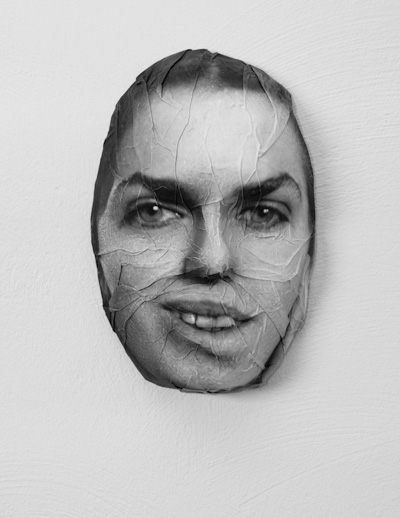
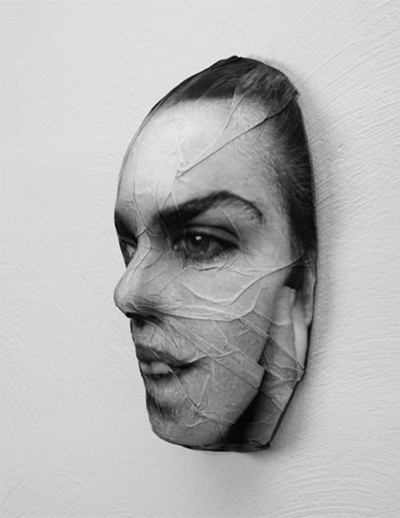
Photographers masks of death, Nr. 3
2014
12-Farb Pigmentdruck auf Hahnemühle Papier,
Mullbinde, Gips, ca. 22 x 15 x 10 cm
frontal
and from the right
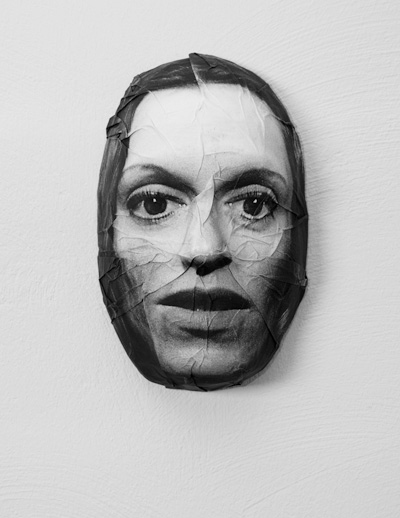
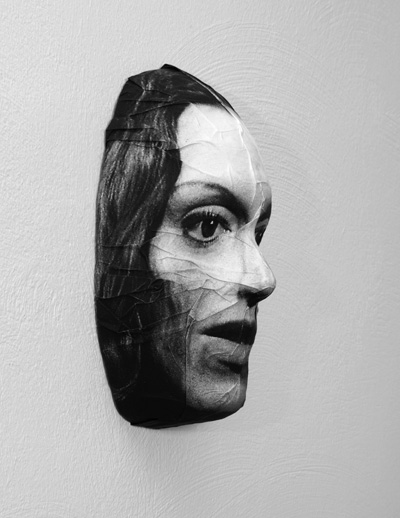
Photographers masks of death, Nr. 4
2014
12-Farb Pigmentdruck, Mullbinde, Gips, ca. 22 x 15 x 10 cm
Installationview
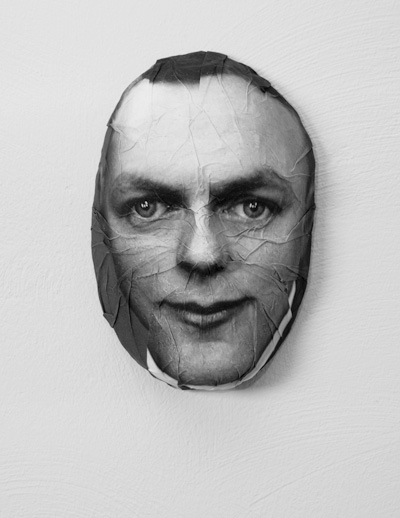
Photographers masks of death, Nr. 1
2014
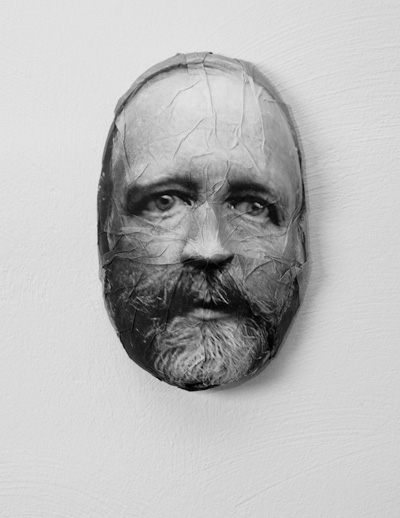
Photographers masks of death, Nr. 2
2014
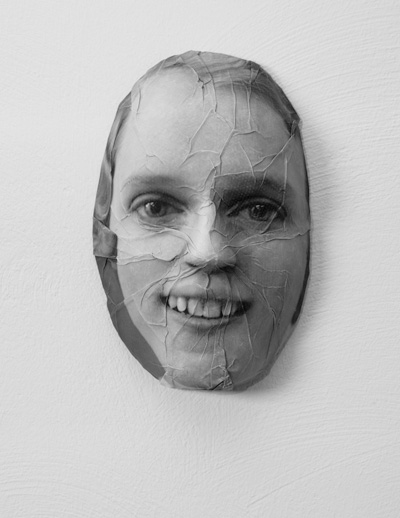
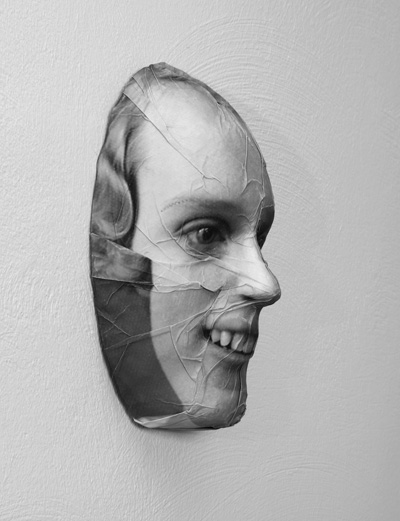
Photographers masks of death, Nr. 6
2015
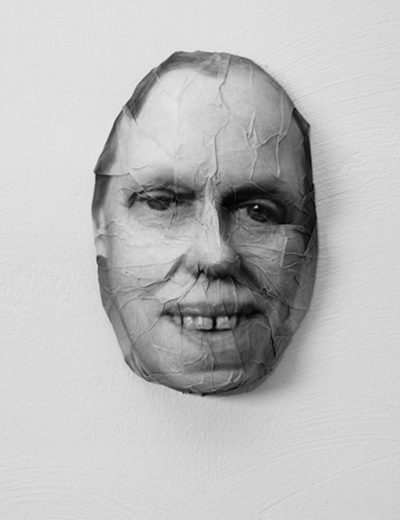
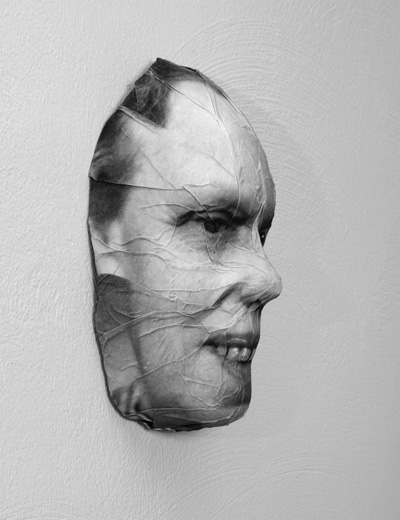
Photographers masks of death, Nr. 7
2015
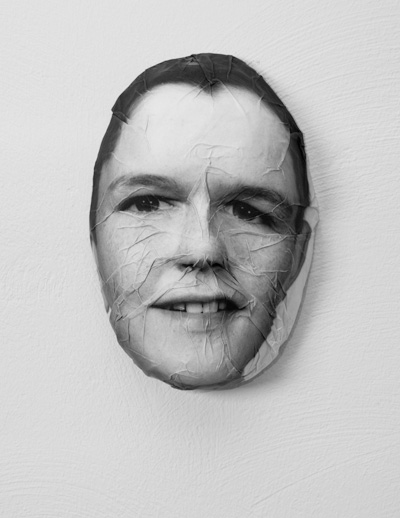
Photographers masks of death, Nr. 5
2014
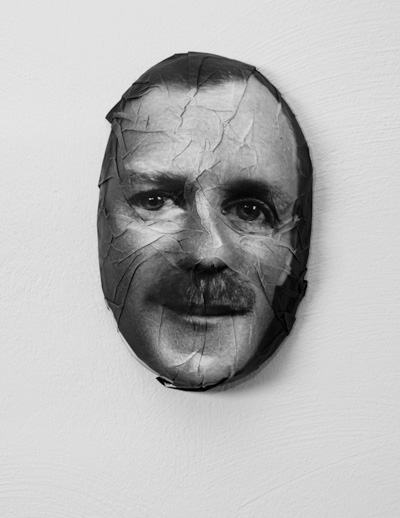
Photographers masks of death, Nr. 8
2015
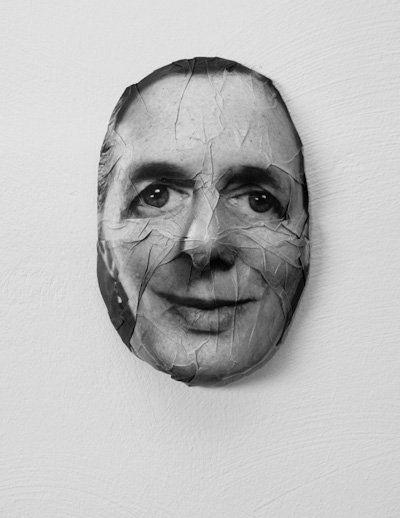
Photographers masks of death, Nr. 9
2015
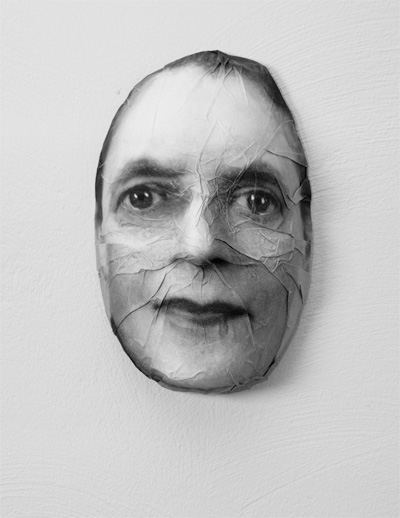
Photographers masks of death, Nr. 10
2015
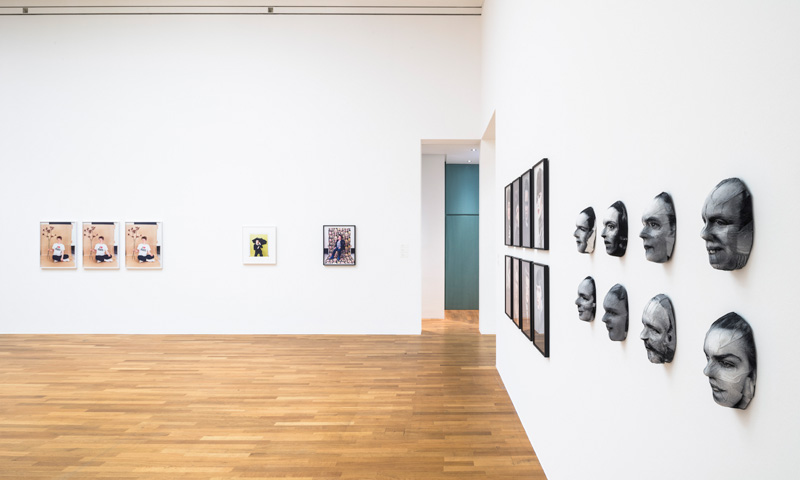
Installation View, Mit anderen Augen, Annette Kelm (left), Sabrina Jung, Kunstmuseum Bonn, 2016, Foto: David Ertl
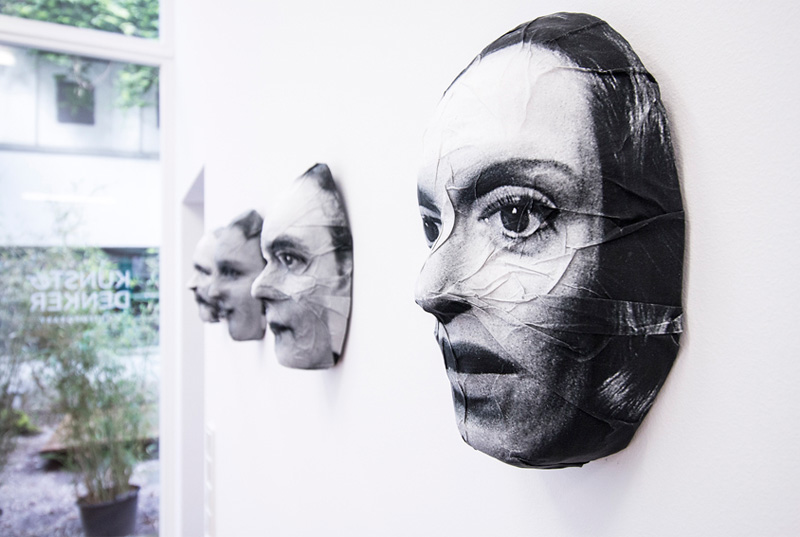
Installation View, Quovadis, Kunst & Denker Contemporary, Düsseldorf, 2016
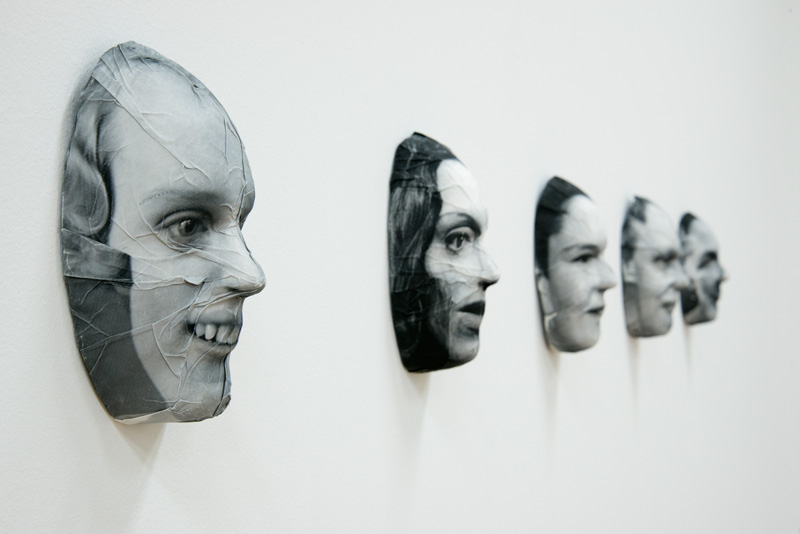
Installation View, Mit anderen Augen, Kunsthaus Nürnberg, 2016
|